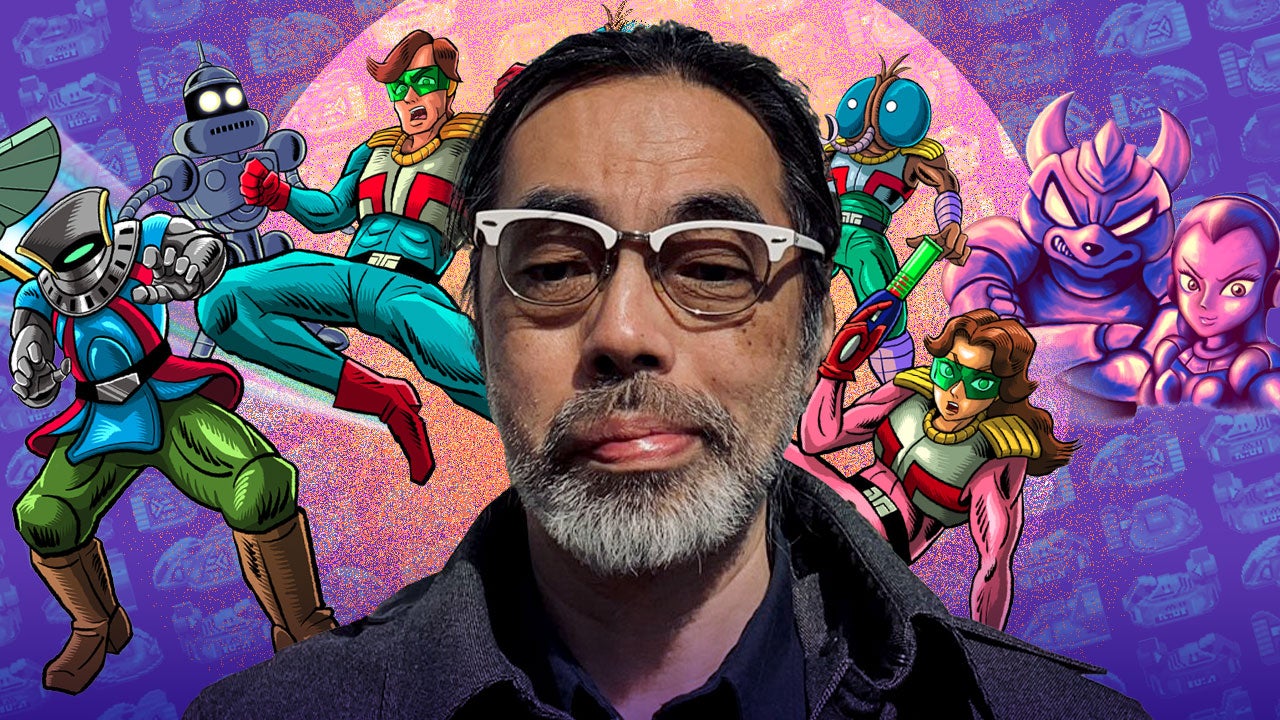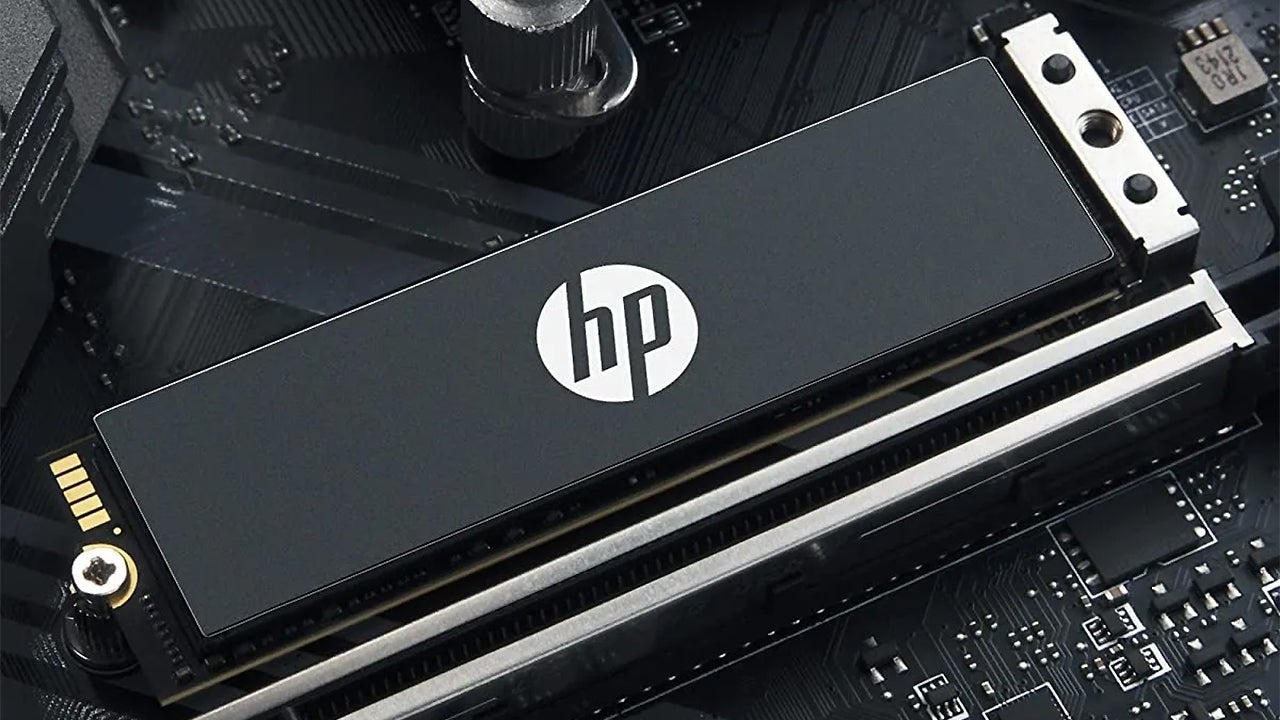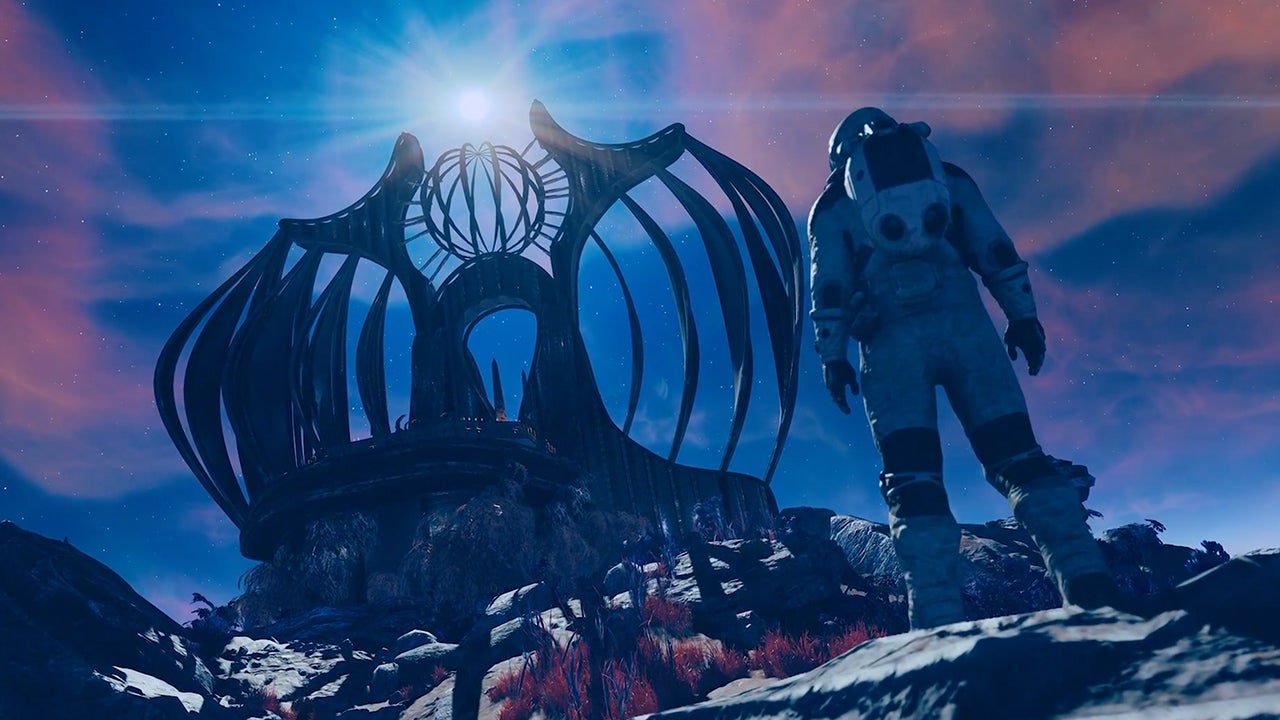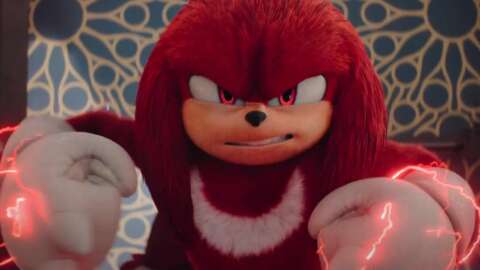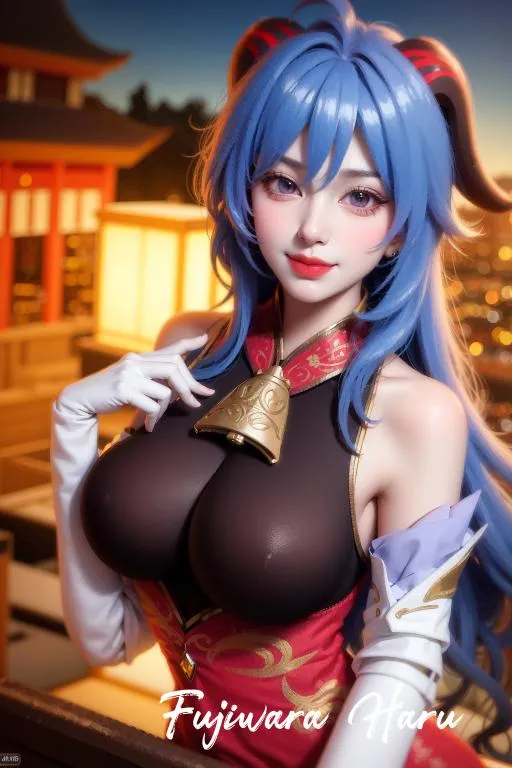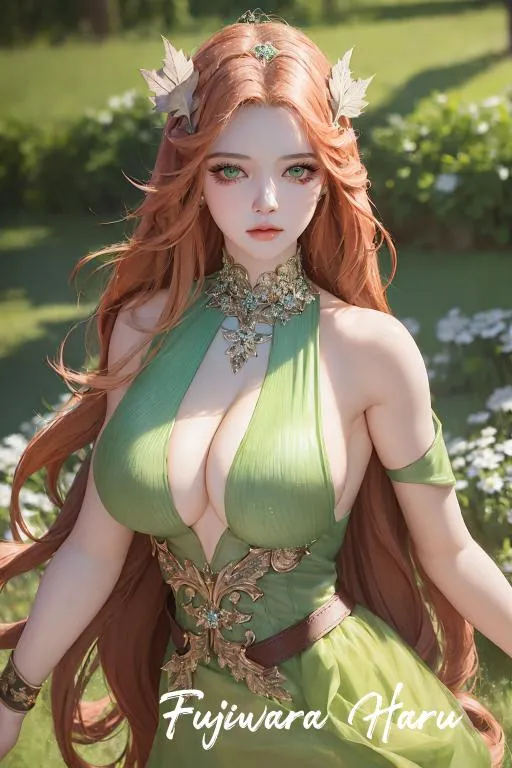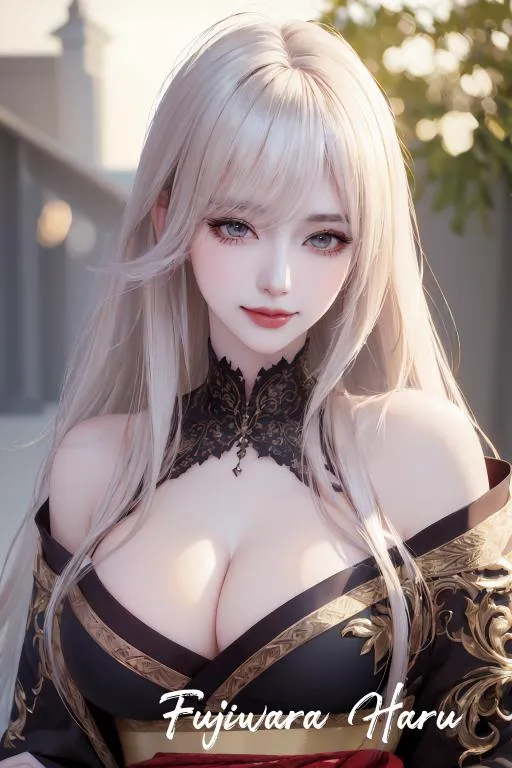When F-Zero rose from the dead in 2023’s September Nintendo Direct, no one was more surprised than the man who designed Captain Falcon over three decades ago.
Ex-Nintendo designer Takaya Imamura was with the company for over 30 years, with credits on all-time classics like The Legend of Zelda: Majora’s Mask, Star Fox 64, and F-Zero. But when F-Zero 99 launched on Nintendo Switch last year, it was the first entry in the franchise without Imamura’s input, and the creator admits he wouldn’t have thought of the 99-player online direction for the series.
“The first thing I thought was really that if I'd still been at Nintendo, I don't think I'd have been able to take this approach to it.,” Imamura says. “So I was really surprised that they made such an original take on the IP on the game itself and arranged it in such a fun way.”
Imamura may not be at Nintendo anymore, but he still holds his two main creations – F-Zero and Star Fox – very close to his heart. In fact, Imamura has already found his way back to video game development, as he's working on a new project with an art style that’s very reminiscent of his pair of Nintendo darlings. OMEGA 6: The Triangle Stars uses the same retro future art style that Imamura built his career on, and it’s the first game he’s worked on since leaving Nintendo three years ago.
“I think it's the first time I've drawn pixel art since Star Fox on Super Nintendo, which has been a while,” he says with a smile.
Imamura’s OMEGA 6 began with a 2022 manga published in France that’s now being adapted into an adventure game due out on PC and Nintendo Switch in 2025. It’s set around a journey to locate a new home planet for the human race, and Imamura says he put his all into the original comic before beginning work on the video game.
While Imamura himself tinkers on a new IP, he also comments on the state of the games and entertainment industry, noting how difficult it is for a new idea to take off.
“I think Nintendo's real peak was when [Shigeru] Miyamoto-san was in a really central position and they were creating lots of new IP. But at the moment – and this is not just related to Nintendo – but at the moment, in the games market and in general in the entertainment world, it's really tough to bring a new IP to market and have it be successful.”
Read on for IGN’s full interview with Imamura-san (through an interpreter), where we discuss where F-Zero goes from here, his new project OMEGA 6, why Star Fox 64 is still the most special game he’s worked on, and the keys to Nintendo’s success in the future.
IGN: When you spoke with IGN in 2021 right after you left Nintendo, you said F-Zero wasn't gone for good, but a grand new idea was needed to bring it back. Last year, Nintendo revealed and released F-Zero 99, the first F-Zero game released that you weren't involved with. What were the emotions when you saw F-Zero finally return from the outside?
Takaya Imamura: First off, I was really surprised. The first thing I thought was really that if I'd still been at Nintendo, I don't think I'd have been able to take this approach to it. So I was really surprised that they made such an original take on the IP on the game itself and arranged it in such a fun way.
IGN: Why don't you think that you would've been able to take that direction?
Imamura: I think it was mainly because when I saw it, I thought, "Well, that's just like Nintendo to take this direction." And for me, F-Zero, I've been working on it so long that I've got this... My vision of it is not as flexible as whoever took the reins on [F-Zero] 99 and was able to basically think outside the box and recreate what it was.
IGN: So now that Nintendo has acknowledged F-Zero again in this way, where do you think this series can go from here?
Imamura: If you're asking me, in my imagination, I'm seeing something scaled up akin to F-Zero GX. But given Nintendo's got the reins at the moment, I think they as a company will probably take it in the direction for a wider range of players, including casual gamers as well. So it's an IP that can really capture a wide range of players.
IGN: I think that we're in agreement that GX is the pinnacle of the F-Zero series, but basically every F-Zero game is fantastic and the sales numbers didn't always reflect their quality. And that led to a near twenty-year hiatus. I'm wondering, as the series progressed, did you and the team ever feel like you needed a big sales hit to keep the series alive? Or as a creative were you never really focused on that side of things?
Imamura: Of course, the most important thing of any product is that it sells. So that was the first thing on our mind. We can't just focus on game fans. We couldn't, I couldn't when I was at Nintendo. But F-Zero and Star Fox tend to be supported by more core gamers than casual, and Nintendo obviously needs to be able to approach a wider range of players. So yes, of course, the first thing on my mind was to have something that sells. But these games seemed to have better support with a more core gamer audience.
IGN: So you just mentioned Star Fox, and last time we spoke with you, you called Star Fox 64, "the game of your life." And I think a lot of fans agree that is the highlight of that series. I’m wondering if you can share why Star Fox 64 is so special to you beyond the fact that you put so much care and hard work into it.
Imamura: I think it's difficult to express exactly why I feel that, but I think it's probably mainly because out of all the games I've worked on, it's the one where my vision has been most reflected in the final product. I was able to put most, if not all, of the ideas I had into the game. So it's the game that I've made that has the most of me in it. I'm a huge film and game fan myself. And I think probably Star Fox 64 has the most elements of that, homage to other creative works, film, games, et cetera.
IGN: We've talked about F-Zero and Star Fox, and now you're working on OMEGA 6, and it only takes a glance to see the similarities in your character design with those two Nintendo series we've touched on. OMEGA 6: The Triangle Stars uses your iconic retro future art style that F-Zero and Star Fox share. Can you just tell me very simply to readers who may not know, what is OMEGA 6?
Imamura: I don't know if it's the elevator pitch, but in a single phrase, the best way to describe it would be that it's the video game spin-off product of me really wanting to become a manga artist, a mangaka, and creating a comic, putting my all into this comic and then spinning off into a game.
IGN: I find that really interesting because you left Nintendo to try something new, and you've been teaching, you wrote this manga, but through it all, it's led you back to video game development. And I'm wondering when you left Nintendo, if you planned to eventually work on another game again and how that all came to be.
Imamura: Well, I had actually been thinking about game development. It was on my mind after I'd left, but I wasn't thinking about something quite as large as OMEGA 6 has become. It was more a compact, smaller experience at first, but then we started adding things, and before I knew it, here we are.
IGN: What excites you the most about OMEGA 6? And what do you want to tell fans of your previous works about it to get them excited as well?
Imamura: Well, one of the things would be that I basically drew every single pixel in the game. So the first thing would be that I want the fans to look at the pixel art and enjoy it basically. I think it's the first time I've drawn pixel art since Star Fox on Super Nintendo, which has been a while.
IGN: So speaking of that, the Super Nintendo was a long time ago, and you saw Nintendo through many highs and many lows. And right now, Nintendo's riding what you could call an all-time high, at least financially speaking. In your opinion, what about Nintendo's leadership and direction keeps the company relevant both across the generations that you were there for and into the future?
Imamura: Obviously, it's just my opinion, but I think Nintendo's real peak was when Miyamoto-san was in a really central position and they were creating lots of new IP. But at the moment – and this is not just related to Nintendo – but at the moment, in the games market and in general in the entertainment world, it's really tough to bring a new IP to market and have it be successful. So I think what Nintendo will need to do is to work on new IP and also the existing IP, become something like Disney in terms of having all these IPs that they can create products from.
IGN: I want to make sure we touch on Zelda because you were the art director on Majora's Mask, which is one of the most visually interesting games in the series. And the story is different and mature as well about sadness and regret. What it was like working on a Zelda game that's still so distinct from the rest of the franchise?
Imamura: That's quite a well-known episode in that the president of the Nintendo at the time, [Hiroshi] Yamauchi, the order came down from him to make a new Zelda in one year. And so it came down to two points. One of them was that we had the previous Zelda and we wanted to differentiate it from that. And the other one was how do we create a new world, something that is very new, that is distinctively different from previous Zeldas in such a short time? And that was basically what we came up with. We took a different path visually and conceptually. My job on the art side was to make it different from Ocarina of Time – as clearly different as possible. And that's why we ended up with the world that that game is set in.
IGN: I've always been very fascinated by the design of Majora's Mask itself, the item. When I was a kid, I used to just stare at the cover art of it on the Nintendo 64 box. What were your inspirations for the design of the very creepy mask?
Imamura: So in Osaka, there's a museum that collects lots of different artifacts and clothing from different ethnic groups. And I often go there for inspiration for different designs and stuff. And for the mask in particular, that was one place where I absorbed a lot of design ideas from.
IGN: My final question here is, as the person who created Tingle, every time a new Zelda is revealed, are you hoping that Tingle shows up in some capacity?
Imamura: [Laughs] I haven't seen him in recent games, but I think there is a character similar to Tingle in Tears of the Kingdom.
IGN: Thank you so much, Imamura-san. I appreciate the time, and best of luck with OMEGA 6 and at gamescom.
Imamura: Thank you for your time as well.
Parts of this interview were edited for clarity.
Logan Plant is IGN's Database Manager, Playlist Editor, and Super Ninfriendo on Nintendo Voice Chat. Find him on Twitter @LoganJPlant.
Blogroll image credit: Takaya Imamura (https://twitter.com/ima_1966/status/1351786503815397376/photo/1)
